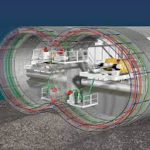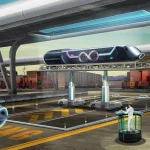Renewing and Transforming Infrastructure
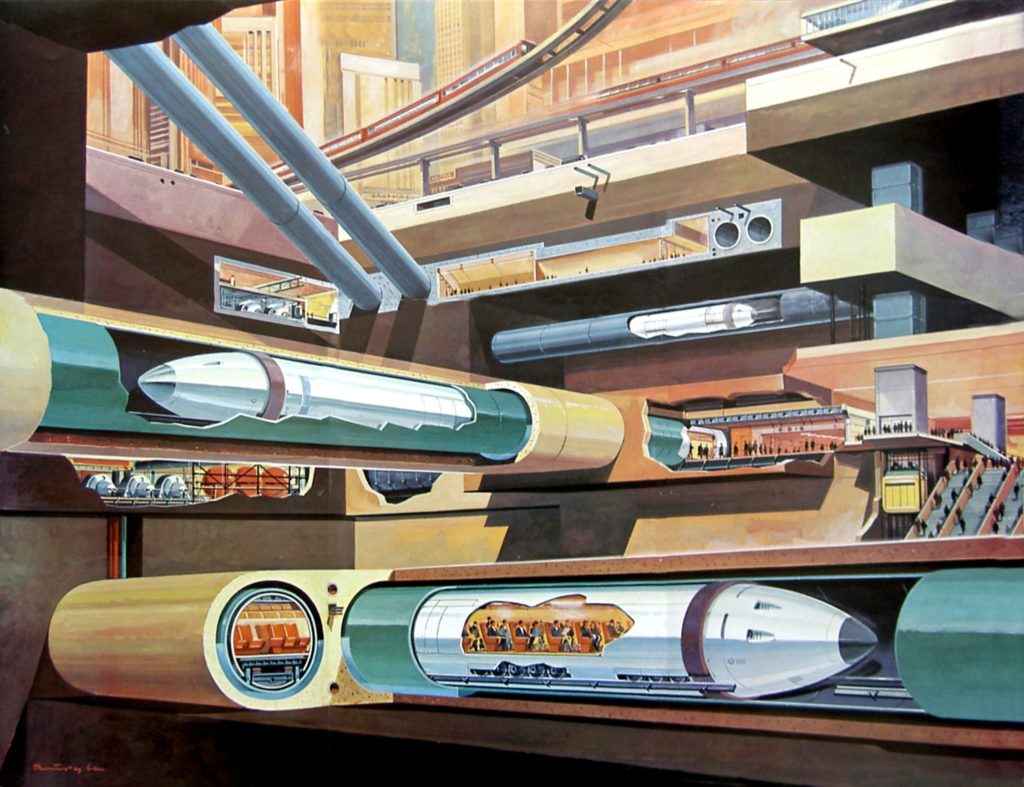

The task of renewing and transforming infrastructure is indeed a significant challenge for any country, regardless of its political system. While the democratic process, with its regular elections, can introduce complexities and potential hurdles, it does not necessarily preclude major infrastructure changes.
It is important to note that infrastructure development and renewal are ongoing processes that transcend political cycles. In democratic countries, long-term infrastructure planning can occur, even though specific projects and policies may change with different administrations. Infrastructure initiatives often have bipartisan support, recognizing their importance for economic growth, public welfare, and national development.
While it is true that autocratic governments may have the advantage of making decisions swiftly without the need for extensive consultation or debate, they also face other challenges. Autocratic regimes may encounter issues such as corruption, lack of accountability, and limited public participation, which can undermine the quality and long-term success of infrastructure projects.
In democratic societies, achieving major infrastructure transitions often requires a combination of factors. These include strong leadership, bipartisan consensus, effective public-private partnerships, and clear, long-term planning. Additionally, engaging the public, considering expert opinions, and conducting thorough cost-benefit analyses are important aspects of the decision-making process.
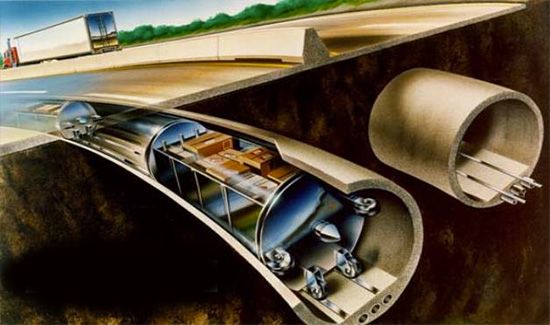
It is worth noting that some infrastructure transitions, such as the shift to renewable energy or the adoption of new transportation systems, may require innovative technologies, changes in behavior and societal norms, and substantial investments. These transitions can take time and may require sustained effort and commitment across multiple administrations. However, democratic systems have the advantage of fostering collaboration, diverse perspectives, and adaptive policies, which can lead to more sustainable and inclusive infrastructure transformations in the long run.
Ultimately, while the democratic process may introduce certain challenges, it does not inherently prevent a country from achieving significant infrastructure changes. With effective leadership, strategic planning, and a commitment to long-term goals, democratic nations can undertake and succeed in major infrastructure transitions.
Let’s delve deeper into the factors that contribute to infrastructure transformation in a democratic society:
Strong Leadership: Infrastructure development requires visionary leaders who can articulate the importance of these projects and rally public support. Effective leaders can champion long-term infrastructure planning and transcend partisan divides by emphasizing the benefits to the economy, job creation, public safety, and quality of life.
Bipartisan Consensus: While political parties may have different approaches, infrastructure has historically been an area of common ground. In the US Bipartisan support can be fostered through open dialogue, negotiation, and compromise. For example, the passage of major infrastructure bills in the United States often requires bipartisan cooperation and agreement. In true democracies multiple parties will need to get a long term agreement to develop.
Public Engagement: Democratic systems emphasize public participation and input. Engaging citizens, community stakeholders, and experts in the decision-making process ensures that infrastructure projects align with the needs and aspirations of the population. Public forums, town hall meetings, and public consultations can facilitate discussions and gather diverse perspectives.
Long-Term Planning: Infrastructure transformation necessitates long-term planning to accommodate changing needs and future growth. Independent bodies or expert committees can be established to assess infrastructure requirements, conduct feasibility studies, and develop strategic plans that span multiple election cycles. This approach provides continuity and minimizes disruptions caused by changing administrations.
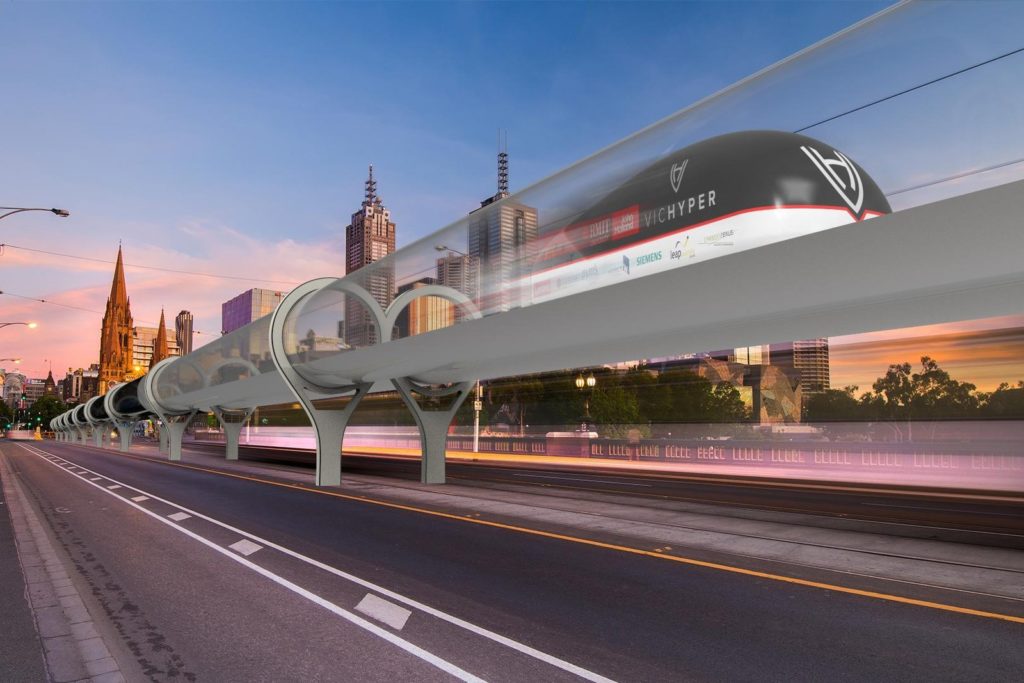
Public-Private Partnerships: Collaborating with private sector entities can bring additional expertise, funding, and efficiency to infrastructure projects. Public-private partnerships (PPPs) can help overcome financial constraints and leverage private sector innovation. However, careful consideration should be given to ensure transparency, accountability, and protection of public interests in such partnerships.
Adaptive Policies: Democratic systems have the flexibility to adapt policies and strategies over time. This allows for iterative improvements, learning from past experiences, and responding to changing circumstances. Continuous evaluation and monitoring of infrastructure projects can help identify areas for improvement and adjust plans accordingly.
While autocratic governments may have the advantage of expedited decision-making, they often lack the checks and balances, transparency, and accountability that democratic systems provide. These factors can lead to corruption, inefficiency, and projects that do not align with the long-term needs of the population.
In contrast, democratic societies can leverage their strengths, such as public participation, diverse expertise, and adaptive policies, to achieve sustainable infrastructure transformations. While the process may take longer due to the need for consensus-building and continuity across different administrations, democratic countries have successfully undertaken large-scale infrastructure initiatives throughout history.

